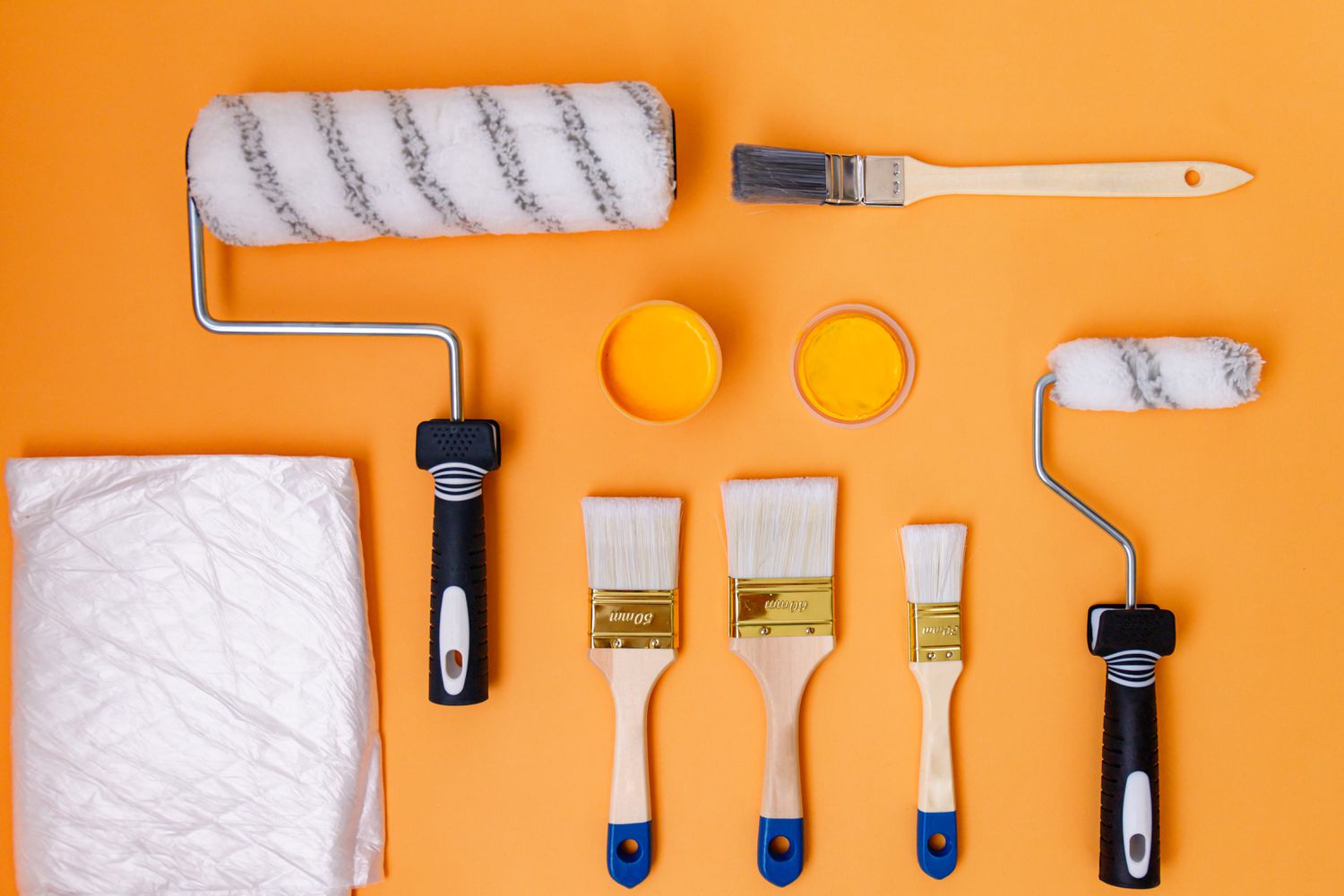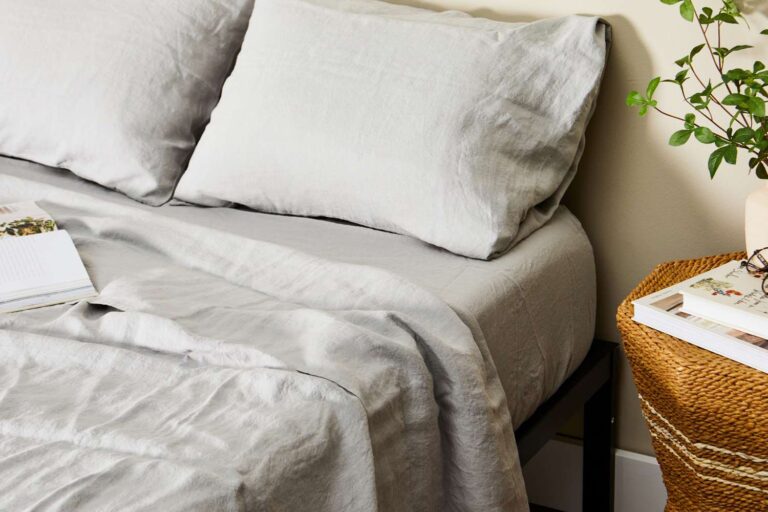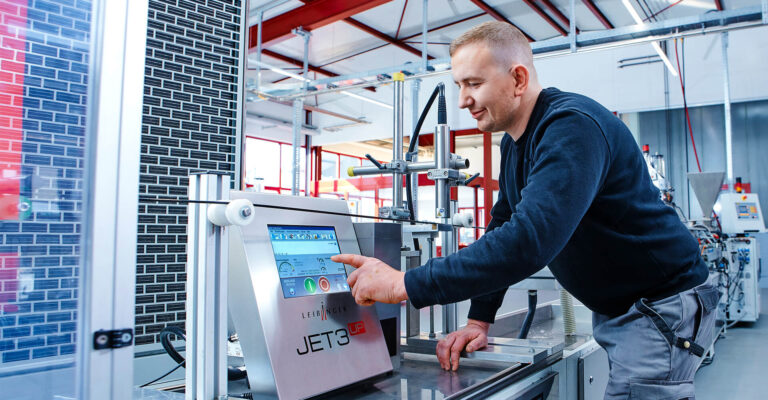Why Using a Paint Roller and Brush Together Improves Finish Quality

Achieving a high-quality, professional-looking paint finish requires more than just choosing the right paint. The tools you use play an equally important role in determining the final outcome. While some people prefer rollers and others rely solely on brushes, using both tools together can significantly enhance the overall finish. A Paint Roller and Brush combination allows painters to achieve smooth coverage, precise detailing, and consistent results that are difficult to accomplish with only one tool.
Many homeowners and professionals look for reliable painting tools from trusted suppliers. Platforms like Paint Roller and Brush offer durable, high-quality options suitable for a wide range of painting tasks. Using well-made tools ensures better control, smoother application, and an overall improved finish.
Understanding the Unique Strengths of Rollers and Brushes
Both rollers and brushes have specific advantages, and combining them allows you to maximize these strengths. Paint rollers are excellent for covering large surfaces quickly. They provide even layers of paint, minimizing visible strokes and creating a clean, uniform appearance. This makes them ideal for walls, ceilings, and broad, flat surfaces.
Brushes, on the other hand, excel at precision work. They are essential for cutting in around corners, edges, trims, and areas where rollers cannot reach. Brushes also allow for controlled application, reducing drips and ensuring proper coverage in tight or detailed sections.
How Using Both Tools Creates a Superior Finish
One of the main benefits of using a roller and brush together is the consistency it brings to the painted surface. Rollers can leave subtle texture or roller marks, especially if the paint dries too quickly. When you follow up with a brush for detailing, or use a brush first for edging, the combined effect creates a smoother, more polished finish.
This method also prevents uneven coverage. Rollers may struggle to reach grooves, corners, or textured areas, but brushes can easily fill these spots. By using both tools, you avoid missed patches, streaks, or visible transitions between sections.
Improved Efficiency and Better Workflow
Using both tools together not only improves finish quality but also increases efficiency. Brushes allow you to prepare the edges and corners first, creating clean boundary lines. After cutting in, rollers make covering the rest of the surface much faster.
This workflow reduces the need for excessive touch-ups. It ensures that the paint blends naturally from the edges to the larger sections, avoiding harsh lines or inconsistent texture. Professional painters rely on this combination because it saves time without compromising quality.
Achieving Cleaner Edges and Smoother Walls
Brushes play a crucial role in producing clean, crisp edges around window frames, ceilings, door trims, and baseboards. These are areas where rollers cannot be used effectively without making a mess. By carefully cutting in with a brush first, you ensure that the roller’s application afterward blends seamlessly into the brushed edges.
Meanwhile, rollers provide a smooth and even texture across wider surfaces, reducing the appearance of brush marks. This complementary approach results in walls and ceilings that look consistent in color, texture, and sheen.
Better Paint Absorption and Distribution
Brushes allow you to work paint into surfaces that may have small cracks, grain patterns, or uneven textures. This ensures proper adhesion and long-lasting durability. Rollers hold more paint at once, allowing faster application and better distribution across larger areas.
By combining the two, you ensure that every surface receives the right amount of paint. This is especially important when working with textured walls, older surfaces, or high-traffic areas where durability matters.
Flexibility for Different Paint Types and Surfaces
Some paints require different application methods to achieve the best results. For example, thick paints used for textured surfaces might be easier to spread with a roller. High-gloss paints may need brushing to achieve a smooth finish without visible strokes. Using both tools ensures compatibility with different paint formulas.
Surfaces also vary greatly. A roller works best on flat walls, while a brush performs better on trims, frames, furniture, or decorative details. Combining both tools allows you to handle any surface with confidence and precision.
Preventing Common Painting Mistakes
Many common painting issues can be avoided by using both a roller and brush. For example:
- Uneven edges can occur when relying on rollers alone. Brushes solve this issue.
- Visible roller lines can appear when painting large areas. Brushing the edges first helps blend them.
- Missed corners or grooves happen when rollers cannot reach. Brushes fill them in properly.
Using both tools reduces these mistakes and ensures a clean, professional result.
Tips for Using a Roller and Brush Together
To get the best outcome, follow these tips:
- Always start with the brush for cutting in edges.
- Work in small sections to ensure wet blending before the paint dries.
- Use a quality roller cover suited to your wall texture.
- Maintain even pressure with both your brush and roller.
- Avoid overloading the brush or roller to prevent drips.
These practices help create a more uniform and attractive finish.
Final Thoughts
Using a paint roller and brush together is one of the most effective ways to improve the quality of your painting projects. Each tool offers unique strengths, and combining them results in smoother coverage, sharper edges, and a more professional appearance. Whether you are painting a single room or completing a large project, using both tools ensures consistency, efficiency, and long-lasting durability in every coat.






